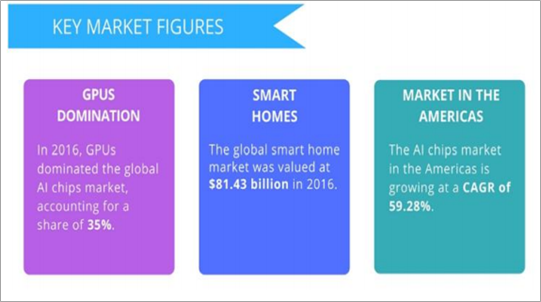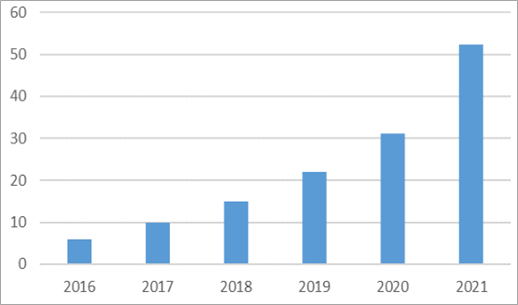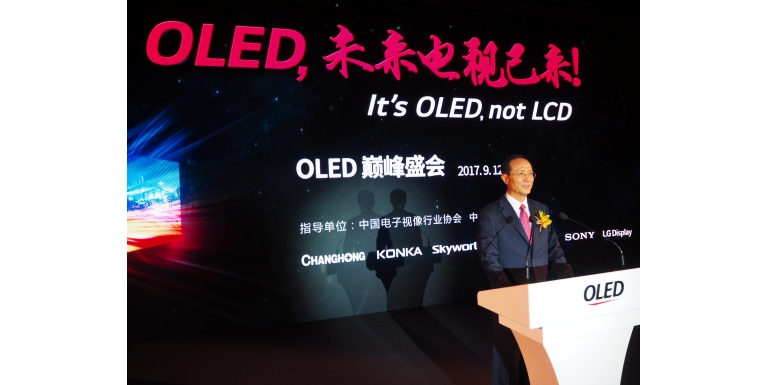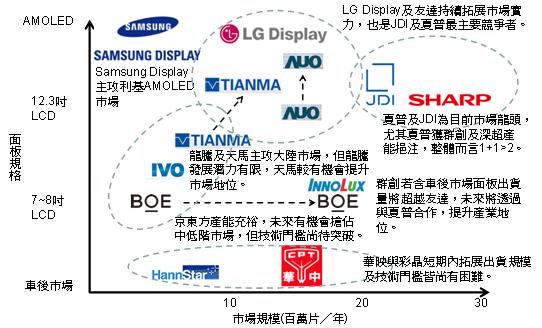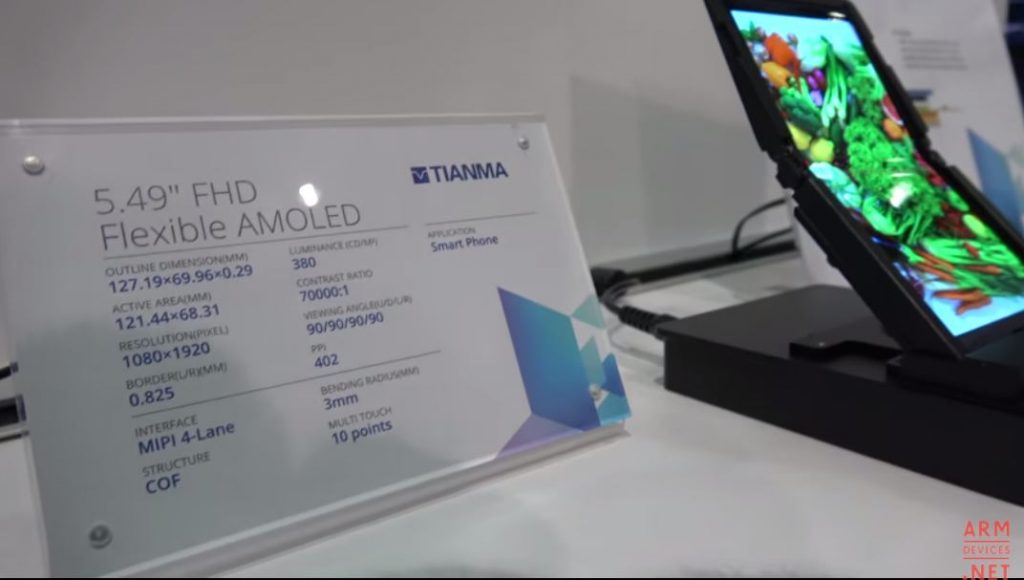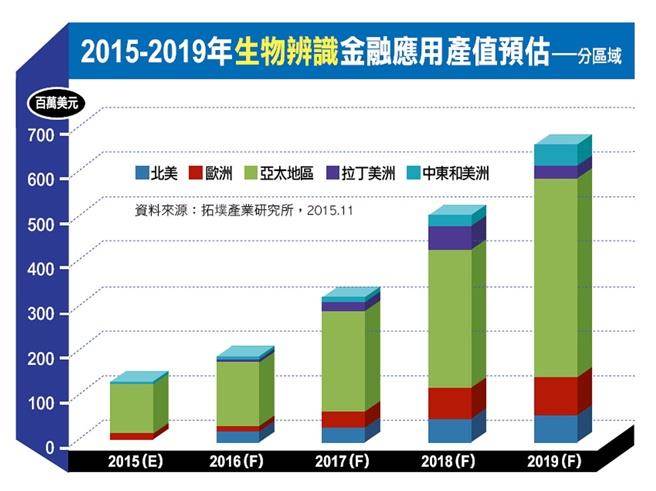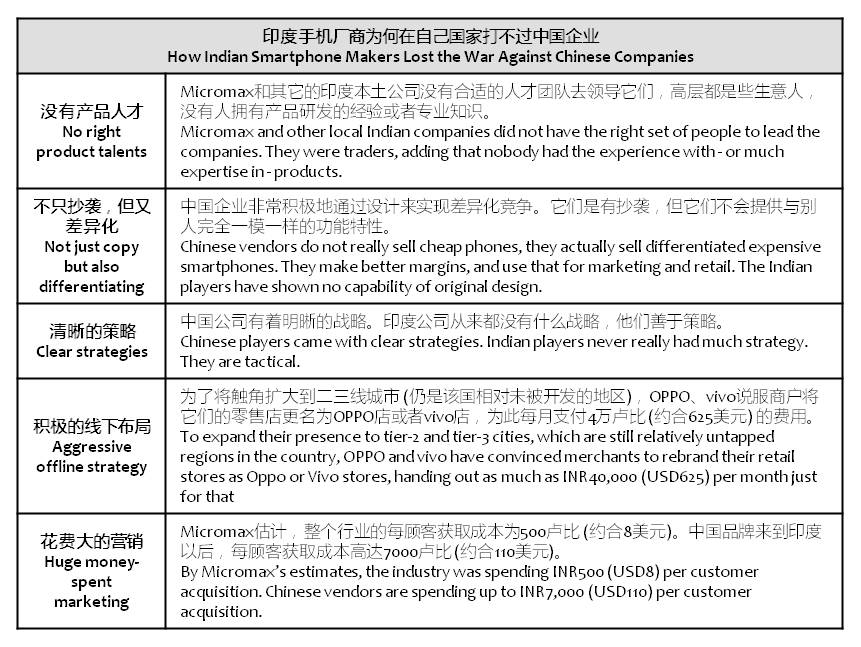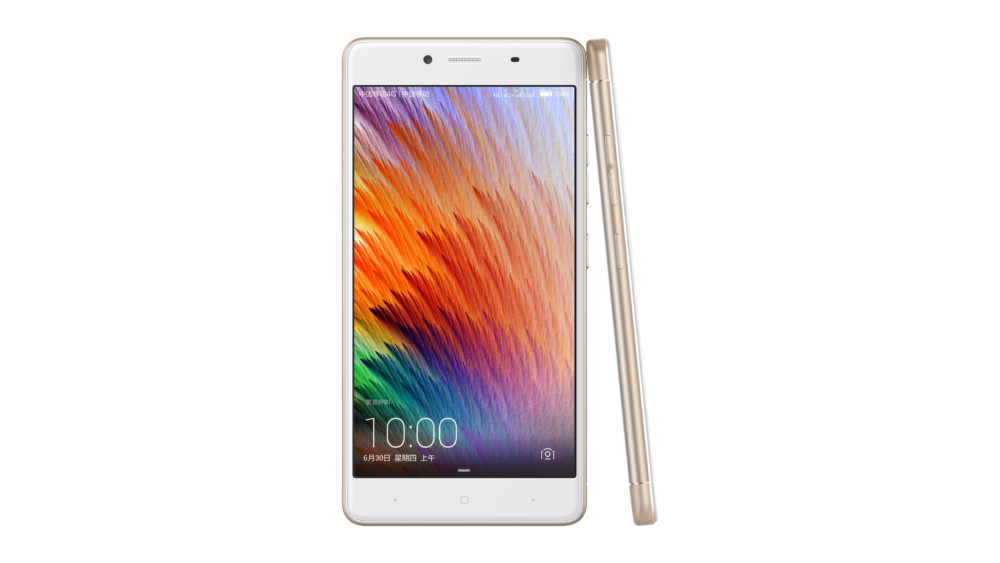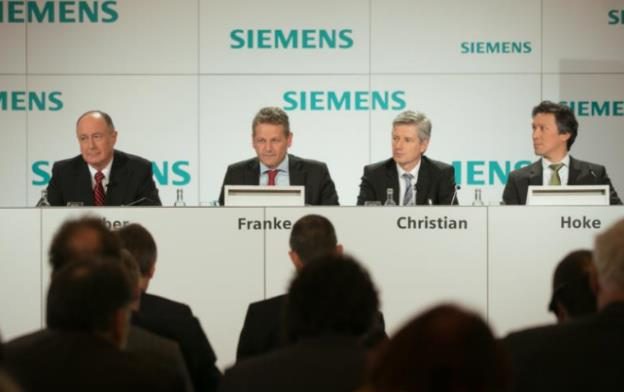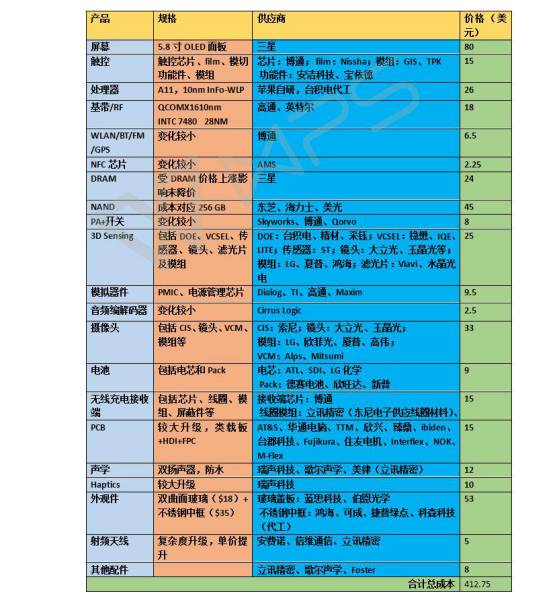
09-16: Huawei has changed its strategy in Kenya to showcase an affordable USD100~200 range of smart phones; Apple iPhone X BOM cost is allegedly USD412.75; etc.
Chipsets
Numerous sections of the IT supply chain including IC, IP development, EDA and OS have rolled out next-generation products and platforms for applications related to artificial intelligence (AI) in 2017. With AI becoming a major growth contributor, TrendForce forecasts that the global revenue from semiconductor chip sales will grow at a CAGR of 3.1% from 2018 to 2022. (Laoyaoba, UDN, China Times, TrendForce[cn], TrendForce)
MediaTek is unlikely to roll out mobile chips built using more advanced 10nm and 7nm process technologies in 2018, as it has moved to focus on the mid-range smartphone market segment, according to Digitimes. MediaTek has shifted its R&D resources to the Helio P series mobile chips designed for mid-range devices, and put the development of its high-end Helio X series on hold. (Gizmo China, Digitimes, press, Sina, Sohu)
According to China AI DR, in 2016 the market size of AI chips has reached USD600M, and by 2021 it will reach USD5.2B. The growth is speedy with CAGR of 53%. Currently GPU is dominating the global AI chips market, accounting for a share of 35%. The global smart home market was valued at USD81B in 2016, which is an important application for AI. (China AIDR, Laoyaoba, SEMI, Forbes)
Touch Display
LG Display (LGD) CMO Yeo Sang-deok indicates that while securing stable yields, the company will dial up production to 1.7M~1.8M units in 2017 and 2.5M units in 2018. This is because of the huge demand of OLEDTV in the market. In 2Q17, global OLED TV sales have reached USD830M, which already exceeds history highest of USD750M in 4Q16. (Laoyaoba, Business Korea, Wealth)
To hide fingerprint recognition under phone requires an OLED panel. As OLED panel in a shortage, the industry believes that this will delay the increase of permeability. Fingerprint chipset vendors have pointed out that at the current phase, the under display fingerprint recognition must be with the OLED panel. However, OLED’s light source is weak, the general indoor light source illumination is about 1,000Lux, OLED’s light source is only 1Lux. (Laoyaoba, UDN)
Japan Display Inc (JDI) has recently launched an expansion project, aiming to ramp up the production capacity of its 4G plant in Tottori, which focuses on automotive panels, to 54,000 substrates a month from 45,000 units currently. (Digitimes, press, CK101, Digitimes)
Tianma has demonstrated its latest flexible OLED display, a 5.49” FHD (402 PPI) panel that has a bending radius of 3mm. In Apr 2017 TianMa announced that its Gen-6 LTPS AMOLED fab in Wuhan, China, is now starting to produce panels – both rigid and flexible OLEDs. (OLED-Info, PJ Time)
About 20%~30% of small and mid-sized OLED panels produced by LG Display (LGD) in 2017 have been supplied to Chinese companies. All of them will go into premium smartphones to be released in 2018. In 2015 and 2016, LG Display made new investments in the construction of production facilities, Gumi E5 Plant for small OLEDs and Paju E6 Plant for medium-sized OLEDs, respectively. (TechNews, Business Korea)
Biometrics
According to Digitimes Research, fingerprint recognition is the most commonly used biometrics. In 2016, fingerprint sensor shipment has reached 700M~800M units, which is 96% of overall shipment of biometric sensors. (CTITV, Laoyaoba)
Qualcomm is reportedly accelerating it SLiM 3D camera technology and would begin mass production in Jan 2018 as the technology is expected to debut right on schedule in 1Q18. The technology will be used on Samsung and Xiaomi who are tipped as already working rapidly on the phones that would utilize the technology. (Gizmo China, Sina, Barron’s, Gizbot, Qualcomm)
Smartphones
KGI Securities analyst Ming-Chi Kuo is positive about Apple iPhone driving 3D facial recognition, full display and AR applications. In particular, full display and facial recognition will drive the phone exchange to 2Q18. However, due to tight supply, the supply-demand will have to wait till 1H18 to reach balance, and expects in 2018 iPhone X shipment would reach 90M units. (Laoyaoba, UDN, Apple Daily, Business Insider)
According to Wall Street Journal, many Chinese young users are afraid of receiving voice messages, especially a string of long voice messages. If they miss one of those messages, they have to re-listen. However, most of those who like to use voice messages are their parents, who like to use WeChat as a “walkie-talkie”. According to WeChat’s 2016 usage report, users of age 55 or above acounted only 1% of the total number of WeChat users, but every 5 messages they sent 1 is a voice message. As a comparison, users of below age of 21, every 10 messages only 1 is voice message. (WSJ, My Drivers, CN Beta, iFeng, Fox Business)
Huawei Technologies has changed its strategy in Kenya in Sept 2017 to showcase an affordable USD100~200 range of smart phones, hoping the increased sales will boost its local market share, indicates by the country manager Derek Du. Huawei is ranked #3 in the fast-growing local smart devices market, behind Samsung and Tecno, owned by Transsion. (CN Beta, Reuters, Africa News)
Apple iPhone X BOM cost is allegedly USD412.75, or 60% cheaper than the retail price. The most expensive component is the 5.8” OLED panel manufactured by Samsung. Its price is USD80 per unit. The NAND memory, acquired from Toshiba is USD45 for 256 GB. The 3GB RAM is only USD24. (GSM Arena, iChunt, My Fix Guide, CN Beta)
Over the past 2 years, Indian smartphone vendors have lost about 35% of the market to Chinese companies. Just 2 years ago, Micromax, Karbonn Mobiles, Lava and other local players had more than 54% market share, according to Counterpoint. In 2Q17, Chinese players had surpassed 50% of the market for the first time in India since entering the nation, according to IDC. (CN Beta, NDTV, article)
Yu Yureka 2 launched in India – 5.5” FHD display, Qualcomm Snapdragon 625 processor, 16MP + 8MP cameras, 4GB RAM, 64GB storage, 3930mAh battery, INR11,999 (USD185). (Android Authority, NDTV, Gizbot)
Wearables
LunaR Hybrid Mechanical Smartwatch features the “world’s first invisible solar cell watch face,” and it’s all thanks to an exclusive partnership with solar tech company Sunpartners. It is available via Kickstarter for USD269. (CN Beta, Digital Trends, Kickstarter)
Internet of Things
Google’s mother company Alphabet is reportedly thinking of investing USD1B in Lyft, one of Uber’s main competitors. (Android Authority, Bloomberg, Sina)
German industrial group Siemens said it is setting up a robotics research center in China, the world’s biggest market for industrial robots. The Siemens research center at Beijing’s Tsinghua University would focus on combined mechanics and electronics, human-robot collaboration and the application of artificial intelligence in robotic controllers. (TechNews, Electronics Weekly, Reuters)
Kyle Vogt, CEO and founder of Cruise Automation, which is acquired by General Motor (GM) in 2016, revealed that they are ready to mass produce a vehicle ready for self-driving, with everything on board they need to become fully autonomous vehicles once the software and regulatory environment is ready to make that happen. (TechCrunch, Tribune, Auto Week, Detroit News, 163)
